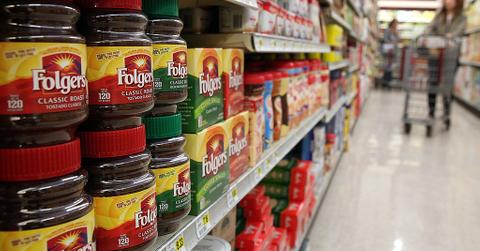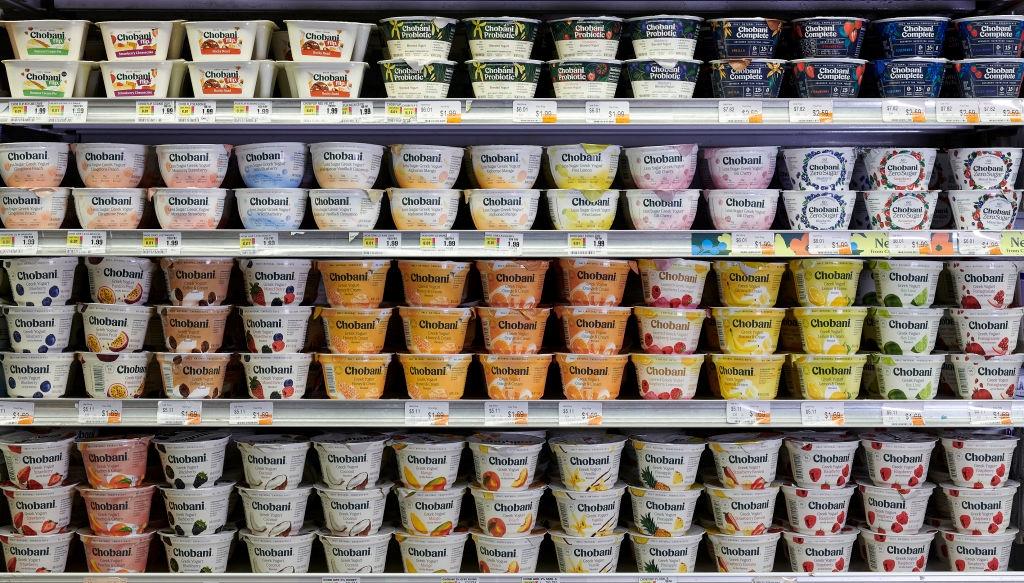Shrinkflation: What It Means and Why It’s Happening
Inflation is all over the news, but what about shrinkflation? Here’s what the term means and why it’s creeping all around you. It's gaining momentum worldwide.
June 9 2022, Published 12:50 p.m. ET
News of inflation surrounds us, and it can feel disheartening. As prices increase down the supply chain onto consumer shelves, there's a much more insidious menace lurking behind the scenes — shrinkflation.
Shrinkflation, or the covert shrinking of product packages and the contents they contain, is gaining momentum worldwide. Here’s what it means, why it’s happening, and how it’s hurting consumers in the process.
What does shrinkflation mean and why is it happening?
Shrinkflation is the process of companies shrinking packages and products to trim costs and broaden their bottom line. Historically, shrinkflation is most active in times of high inflation. That means now, when the cost of living has increased 8.3 percent in the year ending in April, according to the Bureau of Labor Statistics. Naturally, shrinkflation is squeezing into the consumer markets more rapidly.
Shrinkflation expert and former Massachusetts assistant attorney general Edgar Dworsky told reporters, “It comes in waves. We happen to be in a tidal wave at the moment because of inflation.”
Here's what shrinkflation looks like.
Examples of shrinkflation litter the aisles. If you’ve been grocery shopping recently, you may notice that Chobani Flips yogurt packages are now 4.5 ounces, lower than the previous 5.3 ounces. Cottonelle Ultra Clean Care toilet paper now contains upwards of 8.3 percent less sheets, shrinking from 340 to 312 sheets.
Folgers has an excuse for shrinking its 51-ounce container of ground coffee down to 43.5 ounces: thanks to proprietary technology, their coffee beans are now lighter. The evidence for this has yet to materialize.
Shrinkflation has a tangible impact on consumers.
While some economists believe inflation has plateaued, others anticipate the cost of living will continue to increase as a recession looms. Overt inflation with widespread, often covert shrinkflation is a recipe for disaster for many consumers. Wages increased 4 percent in 2021 across the U.S. This boost isn't enough to cover inflation on its own, not to mention the shrinkflation that often accompanies it.
In many ways, shrinkflation is a tax on the poor and working class. It requires purchasing more product, more often, for more money. This can be difficult to swallow, but there are ways to work around it. Prioritizing local products is a good solution, though not a panacea in today’s society. Purchasing whole foods when possible and buying based on unit weight are also potential solutions.
All things considered, the burden of responsibility isn't on the consumer, but the companies practicing shrinkflation. Some companies are open about the practice as a need during inflationary periods. However, others are secretive or misleading, causing consumers to unknowingly buy products at a more expensive price than they realize. Consumers bear the brunt of this deception, especially when companies are managing to increase their return off of shrinkflation. This could be a form of profiteering.
Consumer and head of his household Alex Aspacher told reporters he feels the heat, saying “I hope we find that ceiling pretty soon.”


